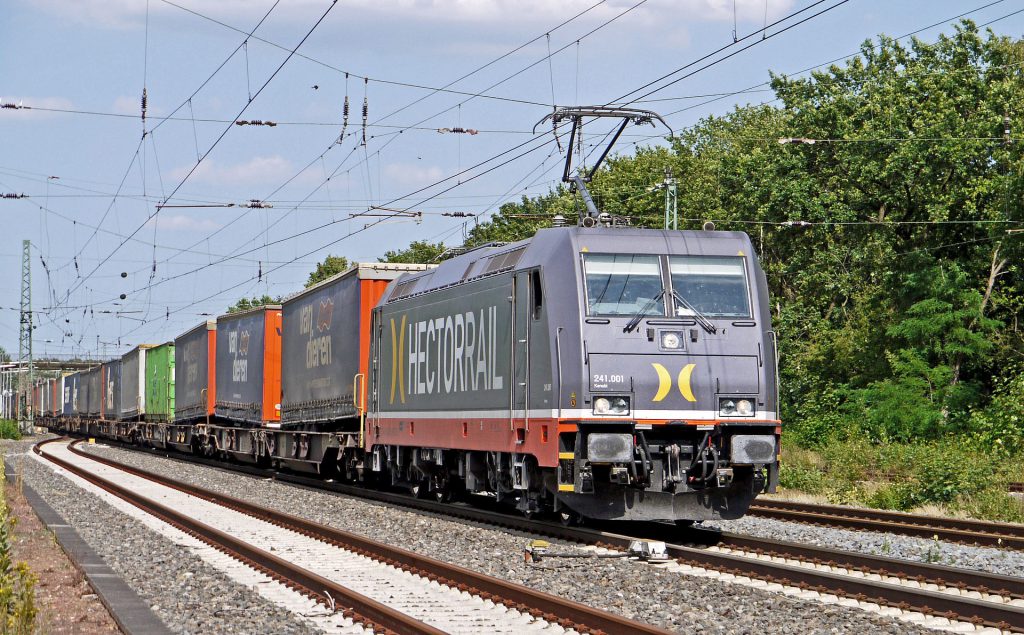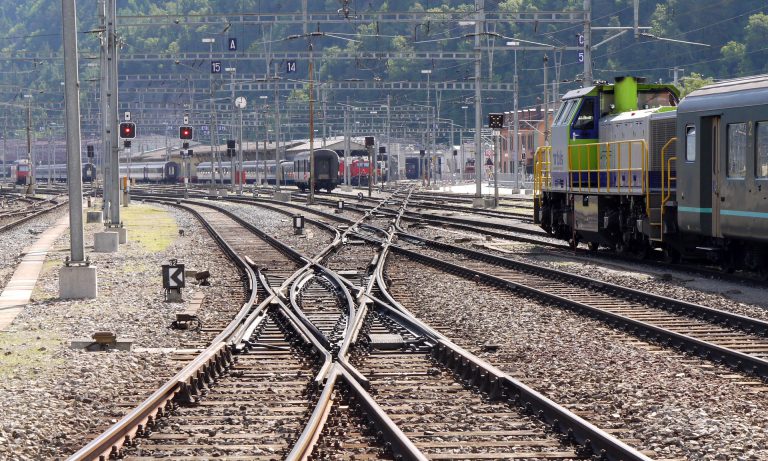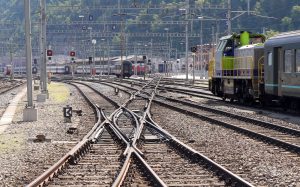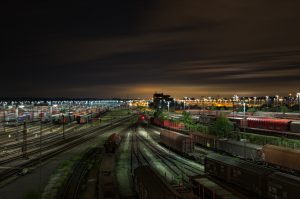
Studying bottlenecks with simulation models
Today, you will often hear people within the rail industry talking about simulation models. Within this blog we discuss the benefits of simulation models for studying bottlenecks.

Cornelis Versteegt, Ph.D.
Partner and manager, expert on transportation and logistics
Freight trains are getting longer and longer. The increasing length of freigth trains has been a hot topic in the industry for years. It is often given as a simple and effective solution to either increase transport volume at a low cost, or to alleviate congestion and reduce bottlenecks while retaining the same cargo flow with lower train number. This solution is in line with growing vessel sizes, which need to be quickly loaded/unloaded and the import cargo pushed out of terminals. Aside from operational difficulties, including infrastructural, and making sure there is enough cargo to be put on those trains, the measure indeed seems like a simple solution. Just add a few cars to the train so that the total length is not more than 750 metres and problems go away. But is that really the case?

We argue that from a tactical logistics standpoint, the problem is not that simple and require further analysis in several key areas. We set aside the infrastructural aspects of adjusting the defined maximum train length on a line, power stations capacity, catenary, security systems or signalling. Having all that and sufficient cargo to put on those trains does not guarantee their success as it is vital how exactly they are ran. Especially, unexpected problems may arise near logistics hubs, where cargo is being transferred.
Let’s follow a long train’s path on its way to logistics hub and discuss its effect on capacity. On the main line, a longer train takes more time in a block for two main reasons: with the same speed in takes a bit longer to cover the distance of a train and blocks occupation is prolonged. Secondly, often braking and acceleration of a longer train are affected negatively, adding to the time when the train can reach desired speed. That results in some what extended headways between consecutive trains.
"The main difficulty for long trains does not occur on the main line, but in the area of departure and destination."
Yet, the main difficulty for long freight trains does not occur on the main line, but rather near its destination. Firstly, there are typically fewer sidings where long train can stop and sometimes even splitting is necessary. In busy networks, occupying an additional siding might already be a problem. Still, inspection and shunting operations typically would not take much more time, definitely not in comparison with processing times for loading and/or unloading the train. These, due to greater volume of cargo, can take up significantly more time per train. Terminal operators favour that as their production siding occupancy rises and is more predictable.

On the other hand, for train operators prolonged stay at terminal poses additional risks, mainly when they are not able to fit within their desired arrival window due to earlier delays, resulting in being pushed till later time. If there are more trains waiting to be processed, their delays can add up and grow significantly, thus proper scheduling is even more vital.
Big Data Analytics is rapidly making the world smarter. For companies and especially for HR managers it is important the introduction of Big Data Analytics is taking very seriously and will be introduced alongside the “business as usual’. Big Data Analytics has already proven its worth, but many companies have yet to experience the value of Big Data Analytics for themselves.
Here, the value of simulation shows its full potential. Scenarios can be drawn and used to investigate the impact of envisioned changes before implementing them. With that we can answer questions like:
– What are the train headways?
– How much cargo can be shipped by rail?
– What turnaround times and delays can be expected?
– What is the robustness of the train schedule?
We investigated the subject of longer freight trains during the Intermodel EU Project wich was funded by the European Union. Within this project our investigations showed that longer freight trains in general are beneficial for congested cargo hubs. Yet, each specific situation requires a separate scrutiny.
In this blog post we assumed that the maximum train length is set to 750 metres as according to the European Agreement on Main International Railway Lines (AGC), while in fact some countries already allow for longer ones. Also, one should not be stopped by current possibilities and explore beneficial logistics solution for the future. Increasing train lengths is one of them!

Today, you will often hear people within the rail industry talking about simulation models. Within this blog we discuss the benefits of simulation models for studying bottlenecks.

Automatic train operations (ATO) describes technological advancements in safety and control to further automate train functions and reduce the presence of staff onboard or elsewehere. Find out the biggest failures of ATO research at the moment.

Freight trains are getting longer and longer. The increasing length of trains has been a hot topic in the industry for years. It is often given as a simple and effective solution to either increase transport volume at a low cost, or to elleviate congestion and reduce bottlenecks while retaining the same cargo flow with lower train number.
©2019 ALL RIGHTS RESERVED